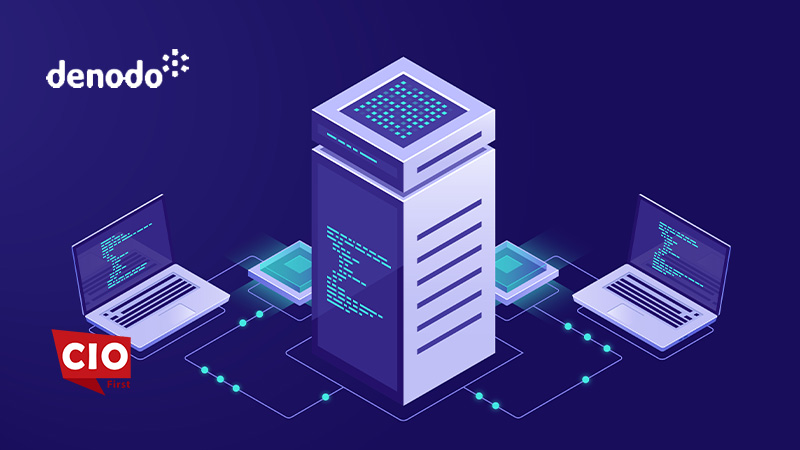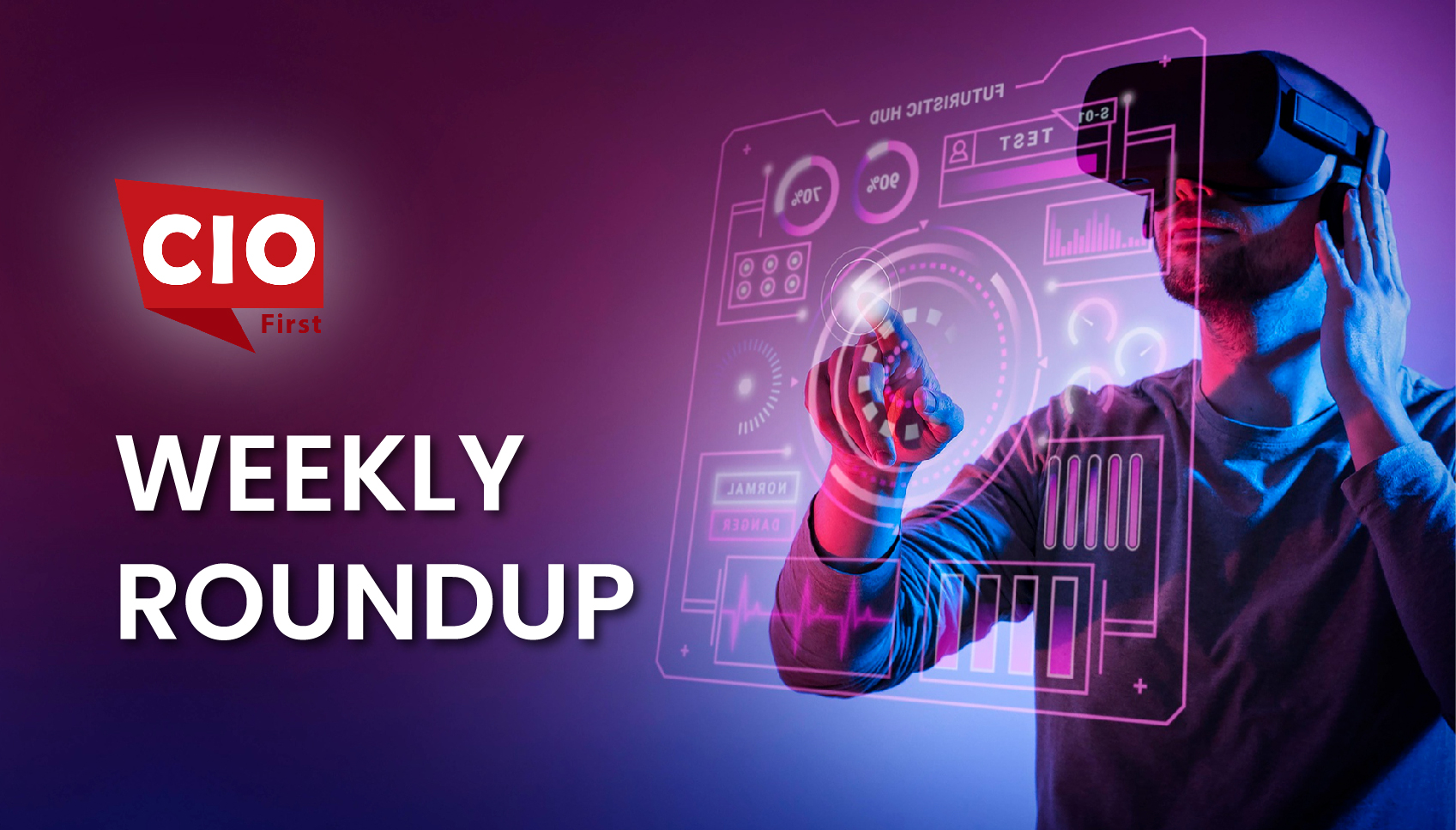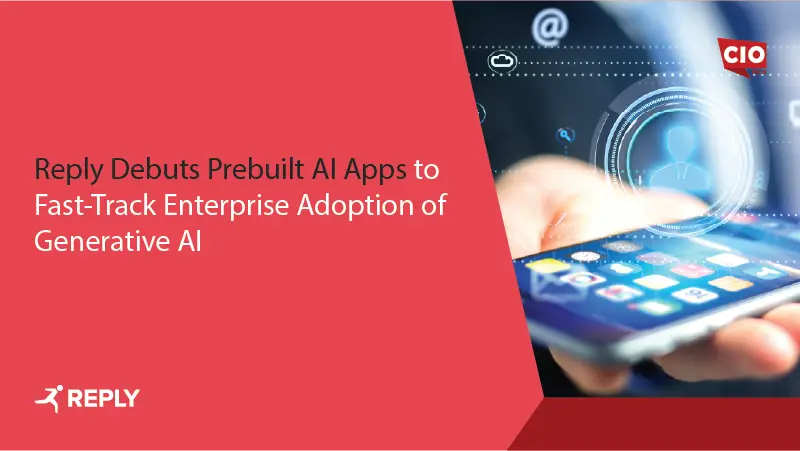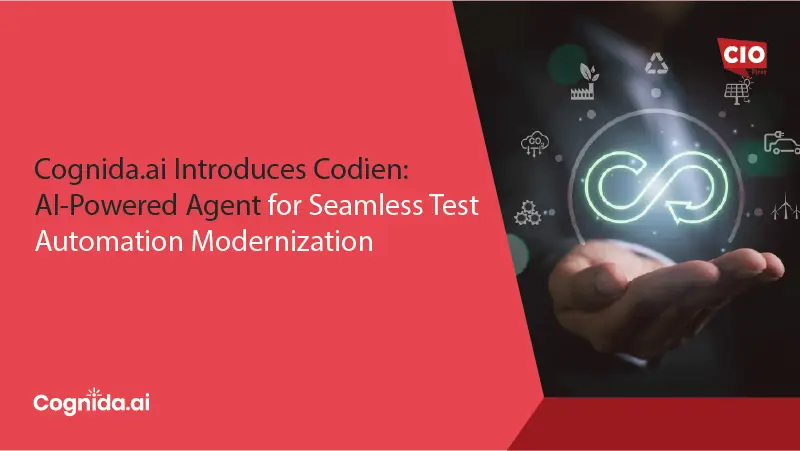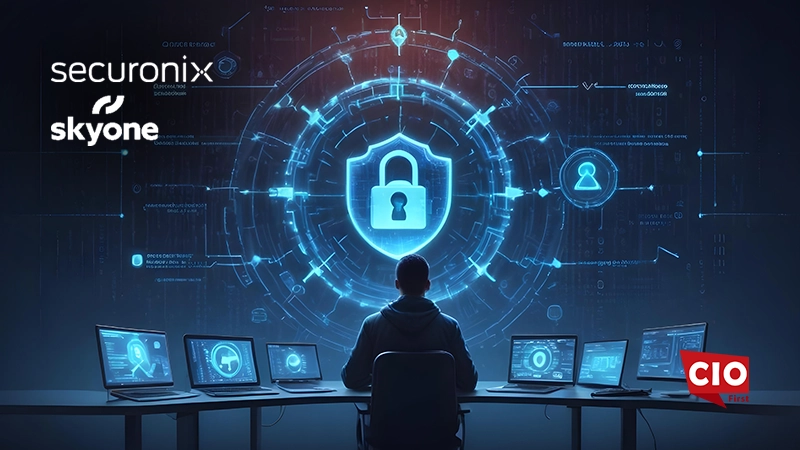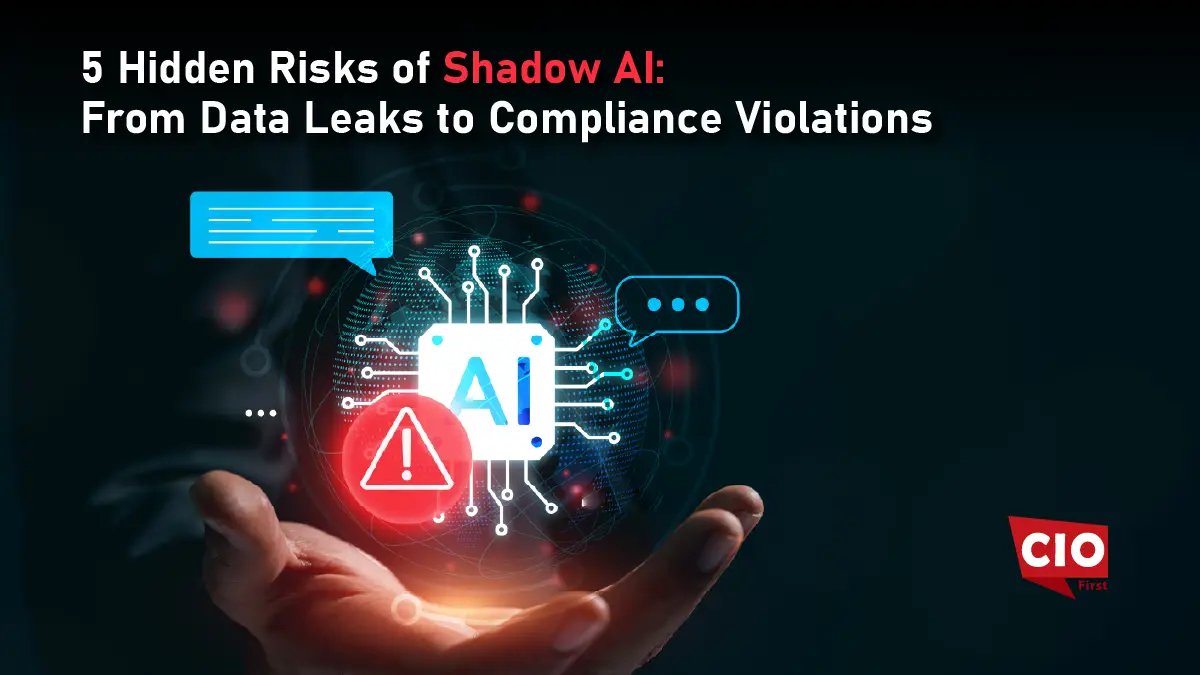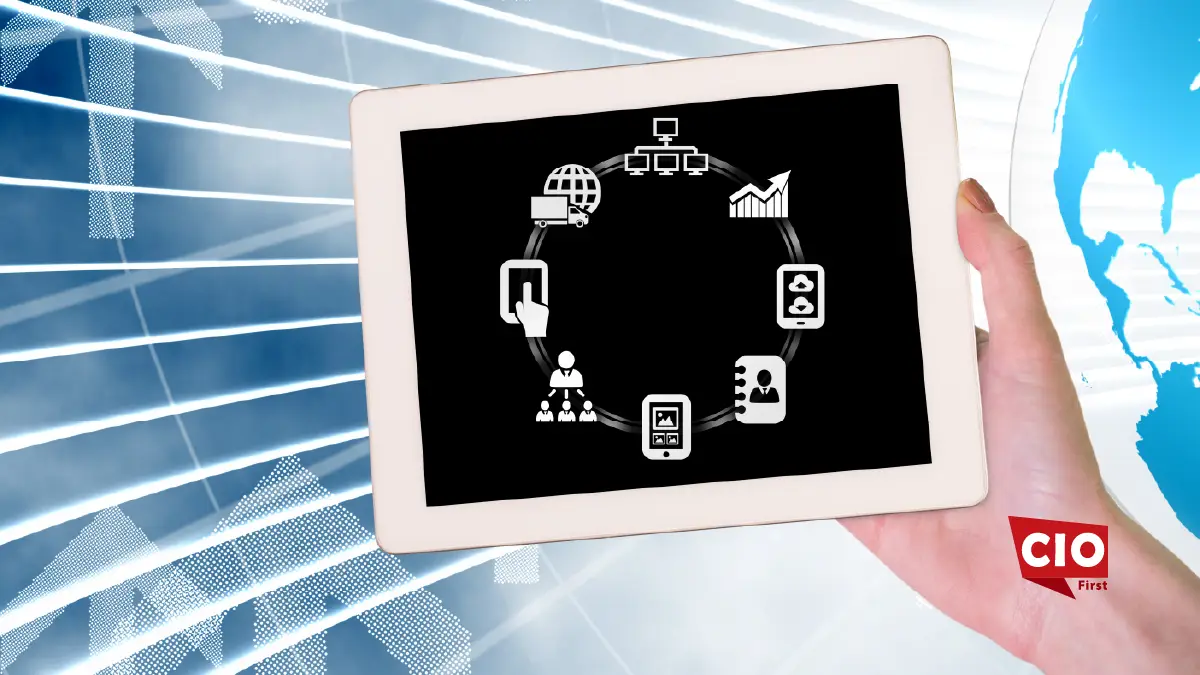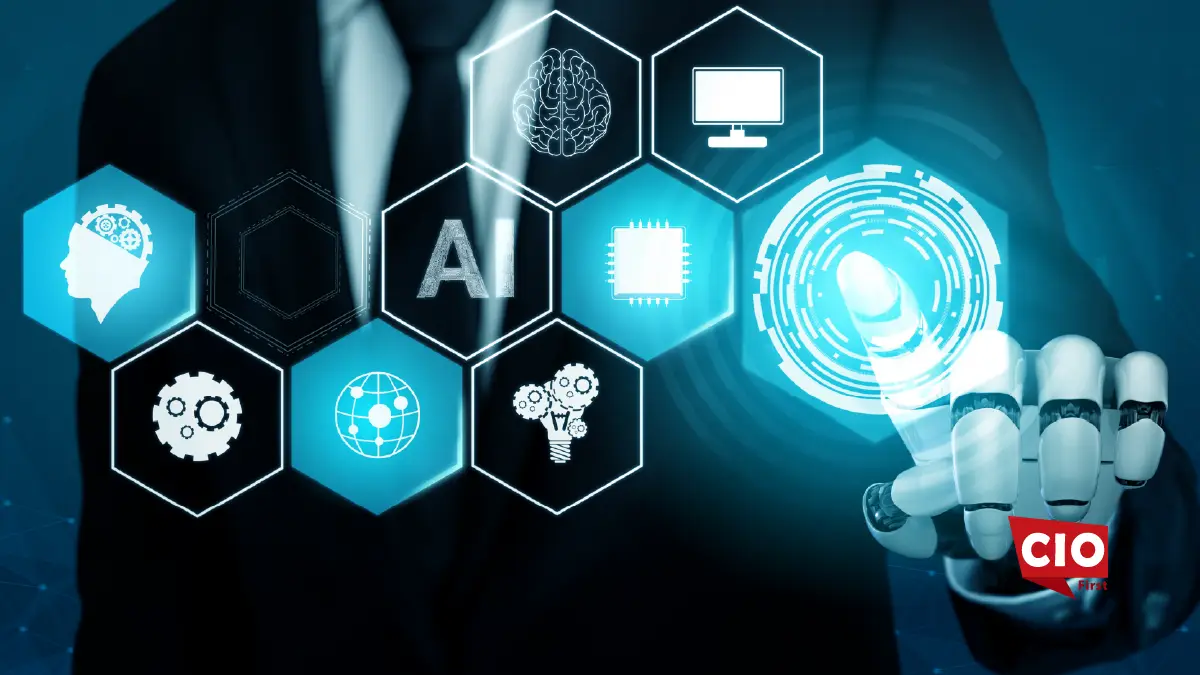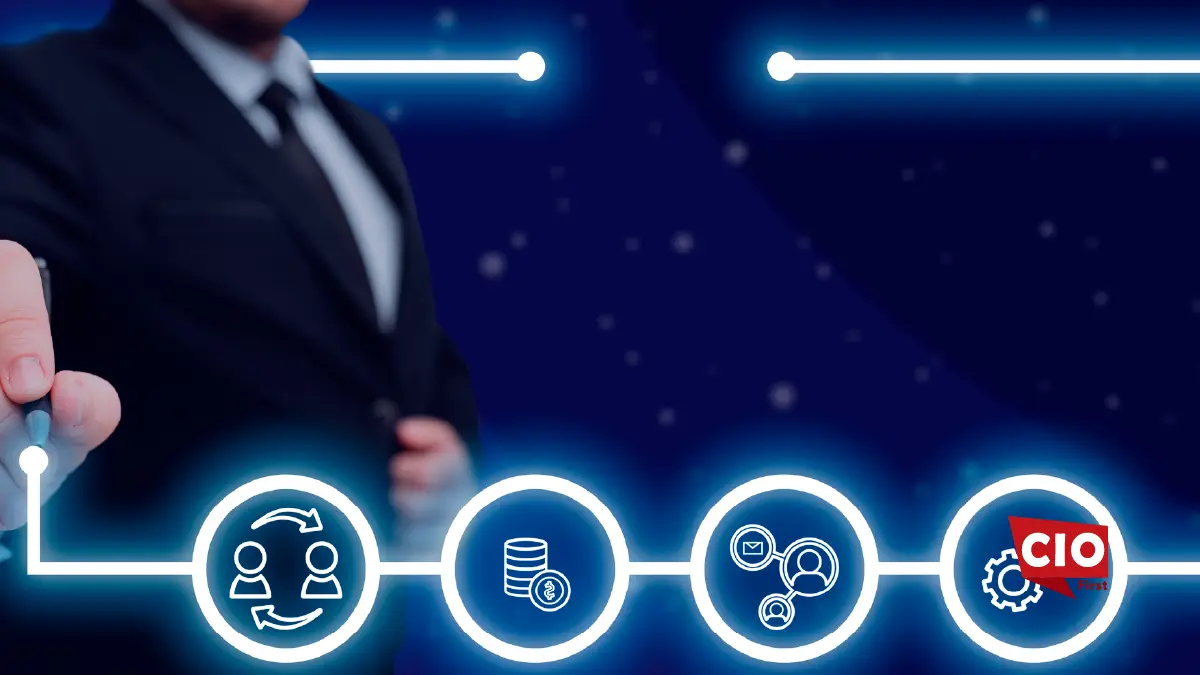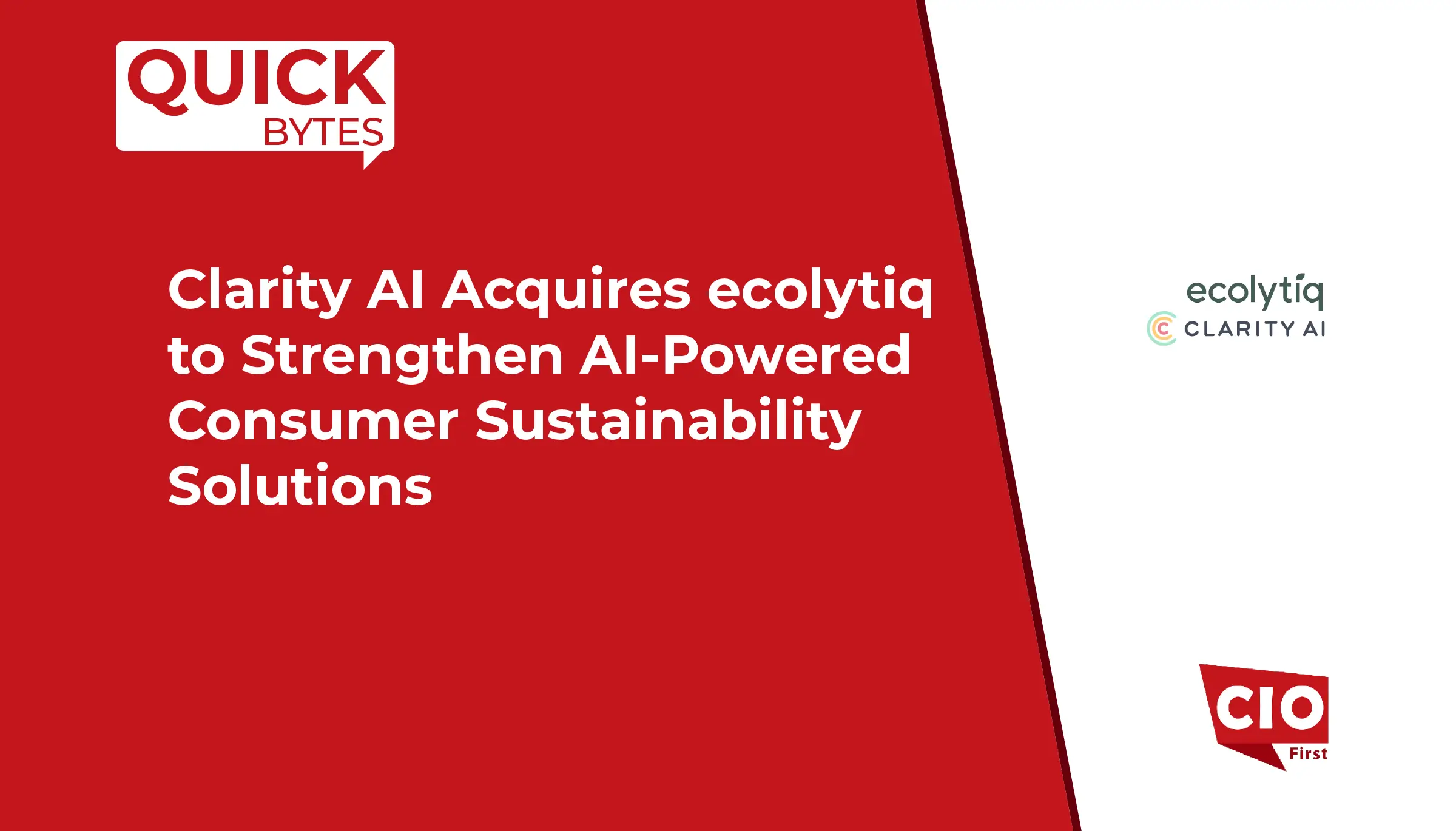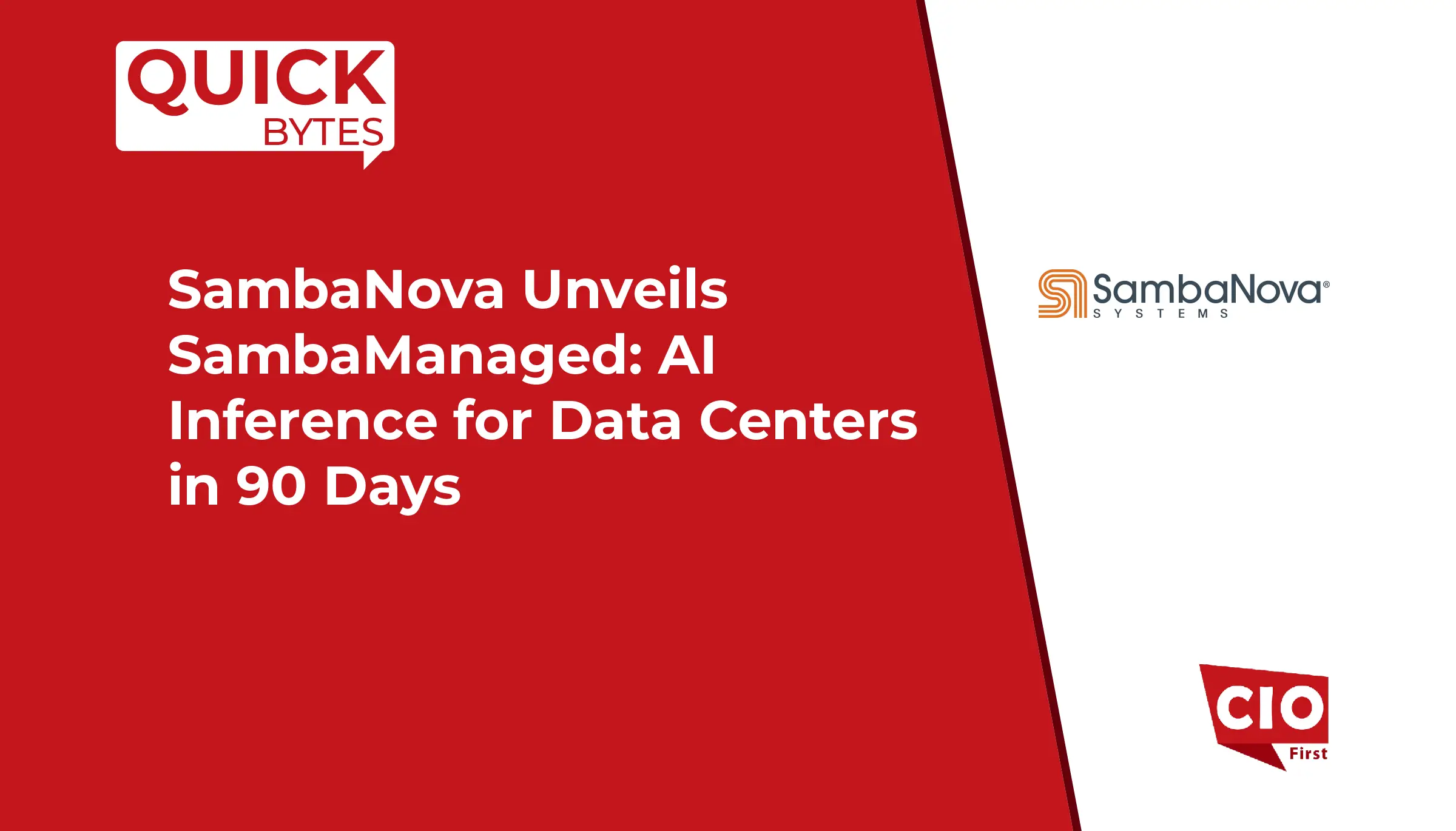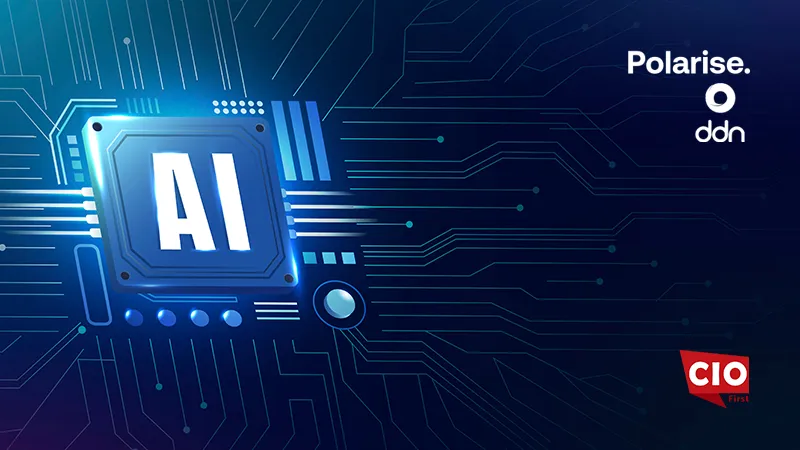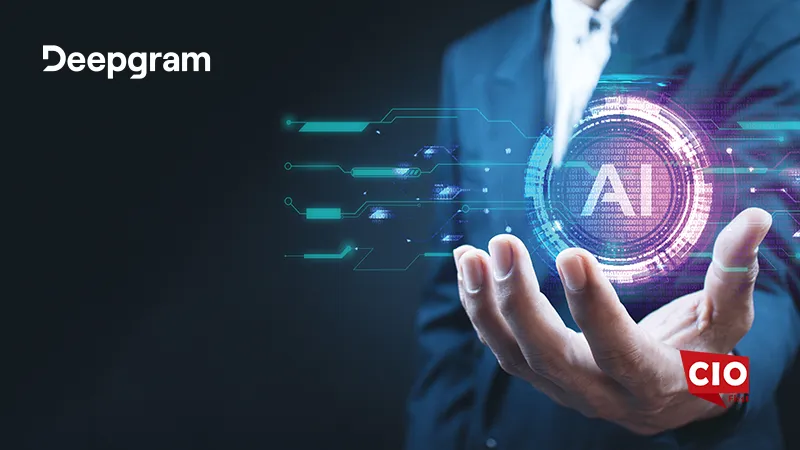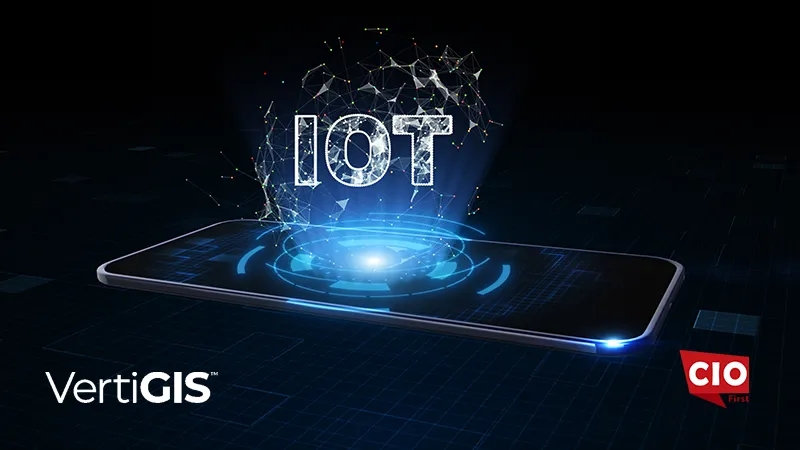“In the new “normal”, AI powered automation can provide easier access to knowledge, not just for consumption, but also interpretation and innovation to any employee, no matter where they work,” says Nat Natarajan, Executive Vice President of Products and Engineering, RingCentral in an exclusive interview with Enterprise Talk.
ET Bureau: What future innovations do you envision supporting the new hybrid working model?
Nat Natarajan: The mass migration towards the remote working model that started with COVID-19 means that anywhere working is more than just a possibility; it’s a normal part of professional life.
Cloud technology is what has underpinned this huge transformation and enabled the adoption of hybrid working models. While not a new innovation, cloud technology will remain crucial. In an agile world, where technology and people are constantly evolving, the cloud is the only environment flexible enough to permit frequent change and support a workforce that works from anywhere.
ET Bureau: With advancements in intelligent technology, do you think AI can be the next big thing in virtual workspaces for digital employees?
Nat Natarajan: In recent years, artificial intelligence (AI) has exploded in popularity, and is used in many parts of everyday life. In the workplace, chatbots are supplementing the customer support team, while intelligent algorithms are making accurate predictions around the behavior of people and clients.
Although AI has been with us for quite some time now, the industry is just beginning to advance as businesses realize the possibilities of AI powered automation. With such vast quantities of data, many organizations are updating their strategies for gathering and managing their data, opening the door for AI powered automation and freeing up employees to problem solve and innovate. In the new “normal”, AI powered automation can provide easier access to knowledge, not just for consumption, but also interpretation and innovation to any employee, no matter where they work.
Video meetings overlaid with powerful AI capabilities such as conversational speech analysis and emotional sentiment recognition can make video meetings smarter, unlocking insights that make meetings more productive and engaging.
If businesses put in place the right AI technology that enables employees to find their perfect point of productivity, then it can certainly establish itself as the ‘next big thing’ in the virtual workplace. Companies that resist change and refuse to help staff members discover the benefits of new technology will certainly find themselves falling behind.
ET Bureau: Voice technology with intelligent voice assistants is increasingly popular today. In your opinion, can it help companies optimize their hybrid working model?
Nat Natarajan: We definitely see voice technology becoming integrated within many businesses’ new ways of working, as companies look to increase productivity, accessibility and safety returning to work.
Many industries including healthcare and law are now using voice recognition for dictating, saving time and increasing employee productivity. In addition, voice technology can improve accessibility within a company, helping those who have problems with speech or sight by using voice recognition in reverse; text-to-speech.
In the post-COVID era, voice technology can also support workplace safety, which is why we innovated and recently enhanced RingCentral Rooms to include voice activated control, removing the need to be in contact with high touch surfaces and communal controllers.
As hybrid working continues to cement itself across industries, businesses should consider the use cases for voice technology, and how it can help maintain a safe, accessible and productive work environment.
Also Read: Three Key Strategies for Retaining IT Talent in Hybrid Environment
ET Bureau: According to you, which technology is most likely to be the biggest enterprise technology of the future? Why?
Nat Natarajan: At the very heart of any business is communication and in the future there will be an increasing emphasis on enterprise communication technologies that power human connections.
As a result of the pandemic, many of our customers are juggling the need to meet employee demand for effective anywhere working, while maintaining a culture that enables all employees to thrive and do their best work.
Intelligent communication and workflow tools can power seamless and effective collaboration experiences across businesses. With the right tools in place, productive workforces no longer need to exist in one physical space. Instead, digital cloud based communication systems unify teams and unite employees across the world, wherever they’re based.
Hybrid working is not just some flash in the pan. Now, as work from anywhere becomes the new normal, companies should take the time to review their interim communications solutions, and assess what their needs are. The right solution can ensure that the collaboration needs of the remote and onsite workforce are met and that an organization is ready to welcome the workplace of tomorrow and improve its competitive edge.
ET Bureau: How beneficial is data analytics for the IT teams in the hybrid model? Can data insights be engineered to enhance the security of the company?
Nat Natarajan: Over the last year, IT teams have had to focus on managing the immediate impact of the pandemic and shift quickly to putting in place business continuity measures and cloud tools. Understandably, data analytics and insights may have taken something of a back seat. Now, as businesses start to plan again, data should once again get the attention it deserves as a critical corporate asset.
The right data analytics tools will allow IT teams to see behind the curtain of their company’s operations, to discover what’s really driving success, and what could be holding employees back. It can also be vital to understanding what security measures are needed in the hybrid world.
[vc_column][vc_tta_tour][vc_tta_section title=”Nat Natarajan” tab_id=”1602598322051-0408cb00-0e1c”][vc_column_text]
Nat Natarajan is RingCentral’s Executive Vice President of Products and Engineering and leads product, engineering, cloud operations, IT, and security teams for the company. Natarajan brings more than 20 years of experience as a global operations, product, technology, and organisational leader.
[/vc_column_text][/vc_tta_section][/vc_tta_tour][/vc_column]




